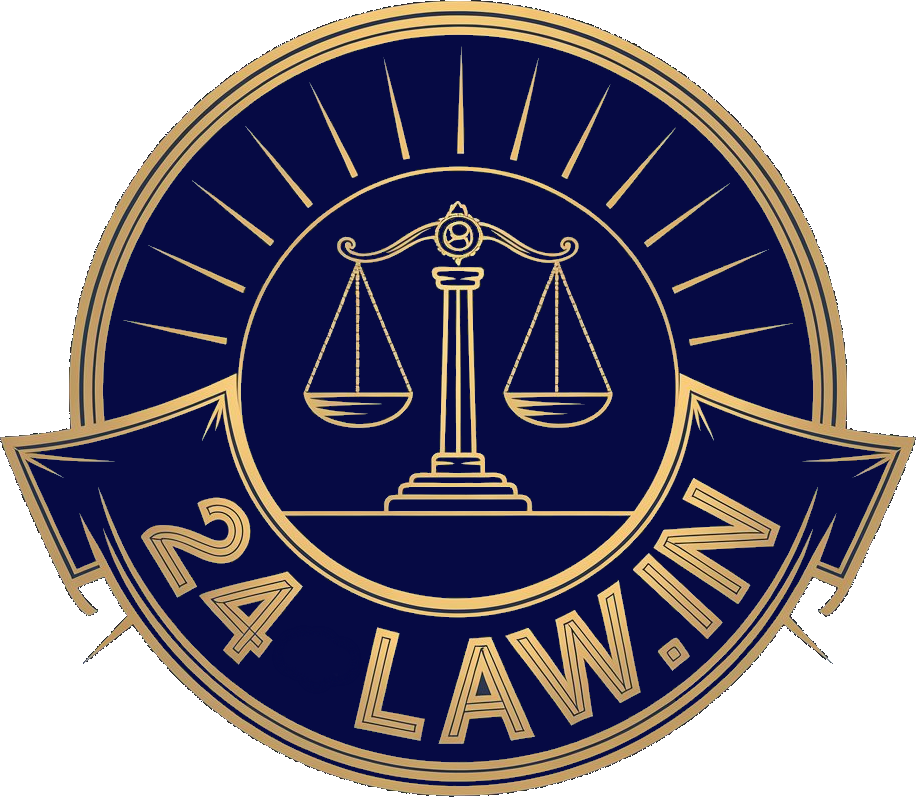
NCLT Chennai: Claims from Separate Work Orders and Multiple Operational Creditors Cannot Be Clubbed to Meet IBC Threshold
- Post By 24law
- August 9, 2025
Pranav B Prem
The National Company Law Tribunal (NCLT), Chennai Bench comprising Justice Sanjiv Jain (Judicial Member) and Venkataraman Subramaniam (Technical Member), has dismissed a Section 9 Insolvency Petition filed by Suraksha Group of Companies against ETA Engineering Pvt. Ltd., holding that claims arising from different work orders or from multiple operational creditors cannot be clubbed together to artificially cross the threshold limit of ₹1 crore under the Insolvency and Bankruptcy Code, 2016 (IBC).
The Operational Creditor approached the Tribunal alleging that despite rendering security services to the Corporate Debtor across multiple sites from 2012 to 2020, and despite repeated reminders, the Corporate Debtor failed to make complete payments. A demand notice was issued under Section 8 of the IBC on 11.04.2022, citing a default amount of ₹1,45,08,575, which included claims from the petitioner as well as its sister concern, Suraksha Guard Services. The petitioner asserted that a consolidated ledger had been maintained for internal record-keeping purposes and that the debt amount exceeded the threshold limit necessary to trigger insolvency.
Per contra, the Corporate Debtor argued that the claims made in the petition pertained to work orders issued for different project sites and were, in fact, governed by separate contracts. It was further contended that the petitioner had maintained separate site-specific ledgers, and most of the claims were time-barred. Importantly, the Corporate Debtor emphasized that the claims of the petitioner and its sister concern had been clubbed together to meet the threshold, which is not permissible under law.
The Tribunal, upon examining the records, observed that the petitioner had indeed submitted project-specific work orders, each mentioning distinct scope, value, and time frame. Many of the invoices also referred to respective work order numbers, supporting the respondent’s contention that the contracts were not consolidated in nature. Although the petitioner maintained a consolidated ledger for internal accounting, the Tribunal noted that several claims were time-barred and that the explanation given for consolidation appeared to be an afterthought.
Referring to the judgment in Amirsons Timber [MANU/NC/0170/2024], the Tribunal noted that where consolidated running ledger accounts are not maintained, each work order represents a distinct cause of action, and the limitation period for each operates independently. The Tribunal also relied on International Road Dynamics [Company Appeal (AT) (Insolvency) 72 of 2017] to reiterate that different claims from varying work orders, each with distinct defaults, cannot be consolidated into a single operational debt.
Further, the Tribunal noted that the petitioner had included claims from its sister concern, Suraksha Guard Services, in the second demand notice and in the petition itself. Relying on the NCLAT decision in Yuvvraj Agarwal [Company Appeal (AT) (Insolvency) 340 of 2021], it held that such a joint petition by multiple operational creditors under Section 9 is not maintainable. In conclusion, the Tribunal held that most claims raised in the petition were barred by limitation and that the petitioner could not be permitted to consolidate distinct claims across different projects or club claims with another entity to meet the monetary threshold. Consequently, the petition was dismissed with no order as to costs.
Appearance
For Operational Creditor: Shri. Clint Li Johny, Advocate Ms. Monica Chopda, Advocate
For Corporate Debtor: Shri. Narendran, Advocate Ms. Lilly Francis, Advocate
Cause Title: Surasha Group of Companies V. ETA Engineering Pvt Ltd
Case No: CP(IB)/77/CHE/2024
Coram: Justice Sanjiv Jain [Judicial Member], Venkataraman Subramaniam [Technical Member]




